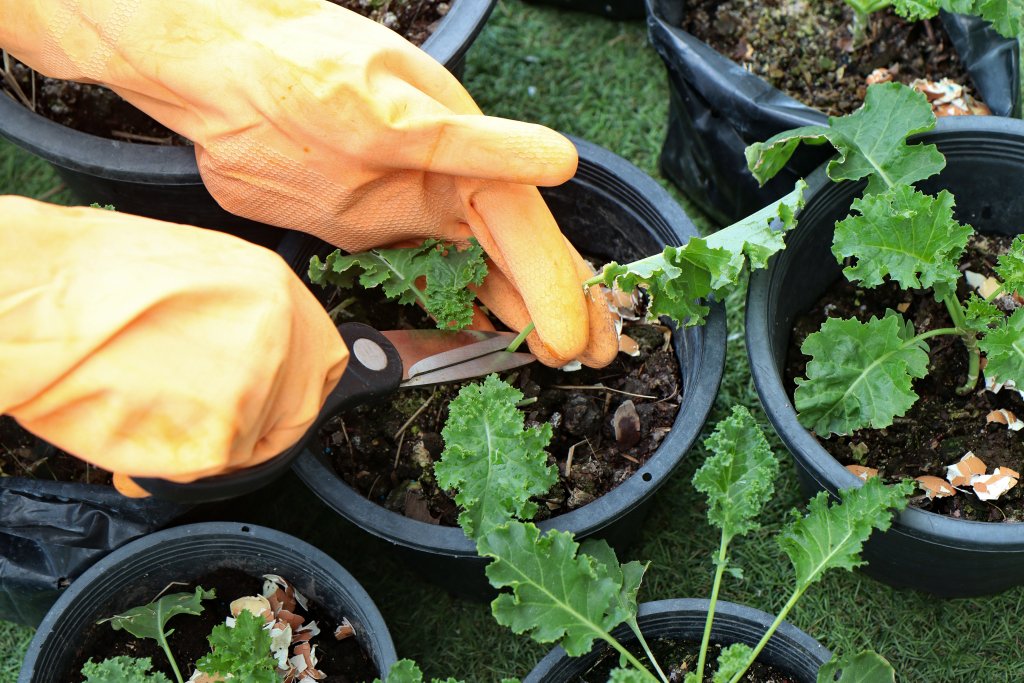What could be more satisfying than growing your food in your backyard? The simple act of putting seeds into the ground and nurturing them until they come to fruition is a powerful, timeless way to connect with nature, as well as reap delicious rewards. But, even those with the greenest thumbs must acknowledge that so much gardening can be out of your control.
Sure, you can plant at the right time and water efficiently, but there’ll always be challenges. You can’t control nature, but you can ensure your plants enjoy healthy soil for them to survive. Here’s how you can go about it:
1. Amend The Soil With Compost
Making compost is an excellent method for organic soil amendment in which you get to add minerals and nutrients to your soil. It’s also high in organic matter, which helps improve the soil’s structure and water-holding capacity.
You can make compost from all materials, including leaves, grass clippings, food scraps (like vegetable peels and coffee grounds), manure (from animals, such as cows), or even shredded paper.
If you have an abundance of weeds in your yard, you can use them as composting material as well and the same depends on the type of trees too. You may also want to consider adding eggshells as they’re rich in calcium carbonate and help balance acidic pH levels found in certain plants’ root zones.
2. Build Raised Beds
Raised beds are a great way to strengthen the soil, especially sandy or rocky soil. Raised beds are easier to work in as digging would be less strenuous than working with compacted dirt.
Also, raised beds help maintain even soil temperature throughout the season and prevent frost damage. Crops will be healthier and yield better when the temperature is even. This is because they don’t deal with extreme temperatures that could cause stress on their roots and ultimately affect the quality of their products over time.
Furthermore, raised beds allow water drainage instead of water soaking into the ground, like what happens in typical garden plots while watering. Having this extra control over how much water your plants get means they won’t drown in too much rain or struggle during drought conditions due to lack of moisture.
Finally, raised beds enable greater weed control. Weeds love nothing more than finding areas where there isn’t enough light penetration so they can multiply. However, if weeds often pop up along edges where humans walk, it’d be so much easier to pull out stray sprouts before they spread and affect established plant lives.
3. Mulch And Plant A Cover Crop

Although your seeds will grow if they’re not covered by soil or mulch, it’d be best if they are; it makes them strong and healthy enough. You can also plant cover crops as a protective layer of organic material across your soil. This will keep moisture and nutrients from washing away during drought or heavy rains, respectively.
Cover crops are an excellent way to increase microbial activity, while reducing erosion and building up organic matter in your garden soil over time.
4. Incorporate Lots Of Organic Materials
One of the practical gardening tips is incorporating lots of organic material. Organic matter is vital for soil health because it provides nutrients, improves soil structure, and helps retain water.
Organic materials could be anything, from fresh grass clippings to shredded newspaper and dead leaves. You’ll want to add at least one part of organic material for every 12-15 parts of soil.
5. Leave Roots In Place
Roots are essential for the soil because they feed the soil with their exudates. They also keep the soil structure intact by holding it together with their root hairs, which also help regulate water and nutrient uptake.
These roots likewise provide shelter for beneficial microorganisms to live, which helps develop healthy populations of these organisms that can further improve your garden’s health including the shrubs in your front yard.
6. Plant In Blocks, Not Rows
Planting in rows may be the easiest way of gardening; however, it’s also counterproductive. It promotes competition between plants, leading to stunted growth and poor health. By planting in blocks, on the one hand, you’re more likely to get bigger yields because each plant will have more space for their roots and leaves to expand.
You don’t need much space either. For instance, you can easily manage a row of tomatoes or peppers that measures 10 feet long by 5 feet wide. If you don’t have large areas where you can create beds of raised beds, consider smaller containers that fit on your balcony or patio.
Conclusion
If you keep the above tips in mind, you can surely grow healthy plants without exerting so much effort. Above all else, you shouldn’t forget that the soil health of your garden is what impacts its productivity the most, that’s why you always have to ensure you have the ideal soil for your plants.

